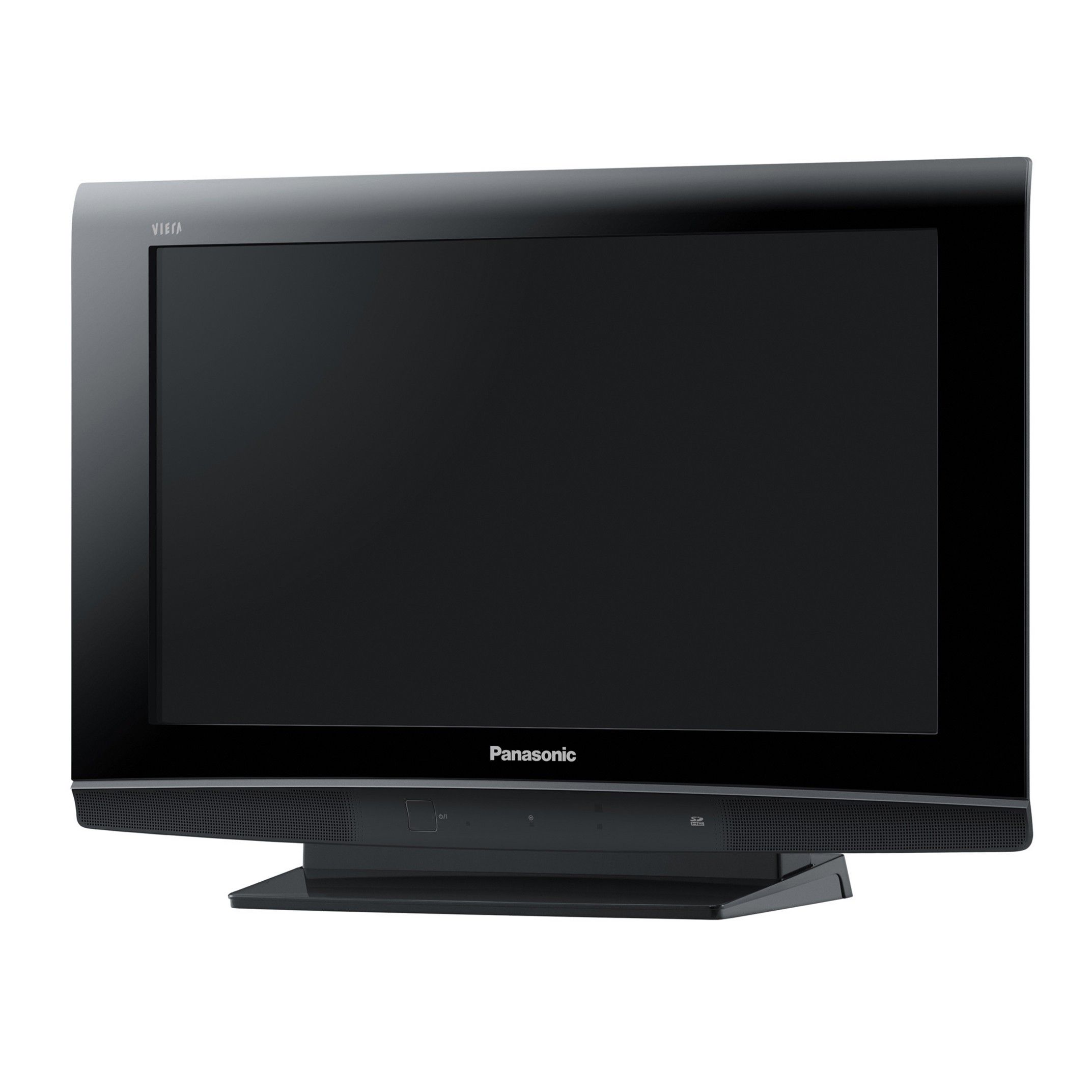Let’s get this straight – the 26-inch TV market is not where it’s at. The UK’s thirst for ever-bigger TV screens means that there is little development at this tiny size.
Our quick take
The TX-26LXD80 is very user-friendly. It’s simple to use, the remote control is logically laid-out and the TV takes the pain away from setting it up by performing a few duties without being asked. As such, this is a great digital TV for undemanding users – anyone after cutting-edge high-def picture performance would do best to head higher-up Panasonic’s range of LCD TVs: the VIERA 32-inchers have a lot more tech than their fat little brother.

Panasonic TX-26LXD80 television - 3.5 / 5
| FOR | AGAINST |
|---|---|
|
|
Panasonic’s TX-26LXD80 is a typical example at this size, but it’s also one of the most expensive 26-inchers around. Its depth could be a problem: while bigger TVs are slimming down below the 50mm size, the TX-26LXD80’s girth is more than twice that. The official Pocket-lint tape measure saw the TX-26LXD80 clock-in at a massive 110mm.
It is also, of course, quite expensive. At a shade under £500, it might seem a no-brainer to buy an equally priced 32-inch set instead – although Panasonic’s larger LCD TVs do come at a premium. And the TX-26LXD80 itself is a high-end set. Its 1366 x 768 pixel screen is accompanied by three HDMI inputs, including one on the side for easy access.
Alongside that third HDMI is a SD/SDHC card slot for displaying digital pics straight from a camera, though we’d rather see the more popular, and versatile, USB 2.0 slot and use memory sticks instead. The card reader is easy to operate, but pictures do take 5 or so seconds to be displayed – and you can forget MP3 music or any kind of video. Hidden round the back, instead of under the screen where it was on previous models from Panasonic, we’re not sure that it will get used much. Non-HD users can rely on the set’s two Scarts, its S-Video or its Composite video inputs, but it is with high definition that the TX-26LXD80 excels.
An exceptionally bright panel considering its size, the TX-26LXD80 presents colour that’s well-saturated and bold. It’s relatively high on detail, but anyone used to watching in high-def won’t exactly be blown away by the TX-26LXD80’s close-ups. There’s also a pervasive sheen of picture noise from Blu-ray discs.
But the main problem is with dark colours. The contrast of the TX-26LXD80 is obviously fairly limited, because any dark images are presented as a grey/blue mush, with scant detail within. The viewing angle is such that if you watch the TX-26LXD80 from the wings you will notice a loss of colour and even less effective black levels. Yes, the TX-26LXD80 does do high-def, but it’s in a rather limited way. Besides, if you’re after screen for Blu-ray or high-def gaming, we suggest you stretch your horizons beyond 26-inches.
What the TX-26LXD80 does do is make for a splendid digital TV. There’s a built-in Freeview TV tuner that swiftly tunes in all available channels the first time you switch the set on. Analogue TV channels are also discovered and saved, though this high-res LCD screen isn’t kind to them. The digital TV software is fairly basic, but a cinch to navigate and current programme info and now/next details are ably presented.
Picture quality on Freeview is a notch above most 26-inchers in terms of smoothness, but there’s still a fairly high degree of picture noise and blocking. Colours are vivid and bold, but the realism takes a knock if there’s anything fast-moving on the screen – even a quick camera pan – the result of which is a judder and some blur.
To recap
Pint-sized but plump, this 26-incher is as good as it gets if you’re after a small screen
